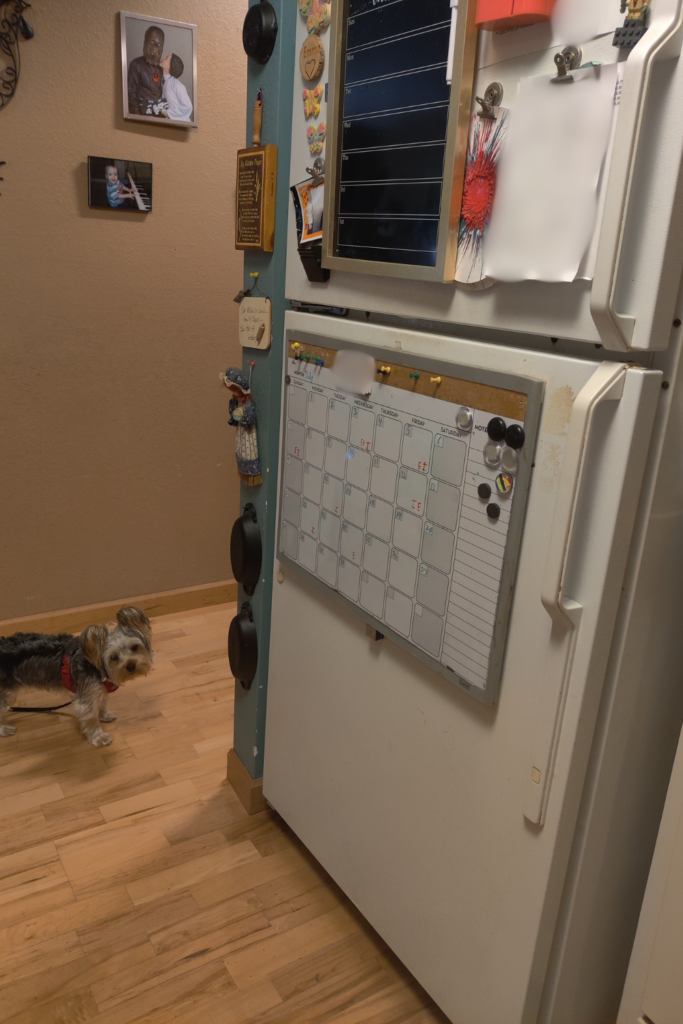A few weeks ago, my former colleague Tom Popomaronis posted an interesting video to his LinkedIn account. In the video, you see a 1963 refrigerator. The machine deserves kudos just from the standpoint it’s still completely functional, a testimony to the quality of the production. And the appliance is far from being a dinosaur no one would want. It’s laden with desirable features, such as rotating shelves you can easily adjust and removable, quick-clean compartments.
Are companies disconnected from what people want?

My current refrigerator is pretty no-frills. There’s not a single digital button to be had. Not even an ice maker. In fact, the connection with the light bulb is finnicky to the point where, sometimes, my food gets pitched into blackness and I have to give the bulb a teeny finger tap to get it to work again. I grew up in poverty and I’m okay with the basics.
But Tom’s post made me think about whether there’s a disconnect between what’s on the market and what people actually want to have. We’re normalized to technology now. That’s a fact. And there are some nice, practical conveniences in new designs. But from the comments people left on the post, I’d wager that they don’t want more buttons. When push comes to shove, they’d rather just be able to clean the drawers.
Customers get some satisfaction in doing things on their own. Researchers know now, too, that effort increases the perceived value people have. That’s why people see the IKEA bookshelf they put together themselves as being more awesome than a prebuilt one. It’s why companies like Build-A-Bear attract people with an experience model. People like for others to believe in them, too. When a company offers excellent support and availability of parts, they send the message that they have faith in the consumer’s ability to have half a brain and maintain the product.
As I commented on the post,
Belief in the consumer and belief in the company are connected. We’ve forgotten that entirely and traded it for forced reliance, which doesn’t yield trust at all.
The fact that companies now design in a way that has dissolved customer-business cooperation is disconcerting to me. It’s built on concepts of hierarchy and skews the power dynamic in favor of corporate entities. In that skewing, it’s harder to get a sense of what people really want to buy based on purchase history data, because what they want is more and more difficult to find in the market. How many people walk into Best Buy, Home Depot, or another store and buy a tech-heavy fridge just because nothing else is in stock?
When in doubt, KISS
As a business writer, I understand what goes into production decisions. I know, too, how heavy the pressure is for businesses to show they are innovative through the embrace of technology. But there are a lot of people like me who would appreciate and buy what’s practical instead of complicated. So, perhaps leaders need to rethink their approach and remember that Keep It Simple, Stupid (KISS) can be a fantastic way to operate.
